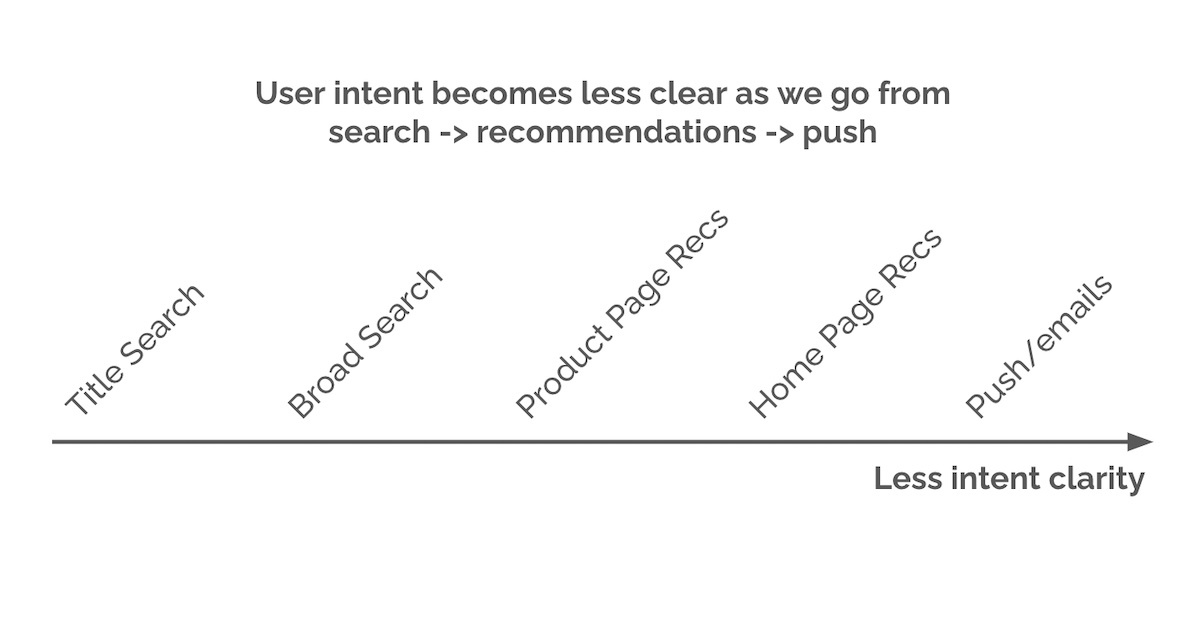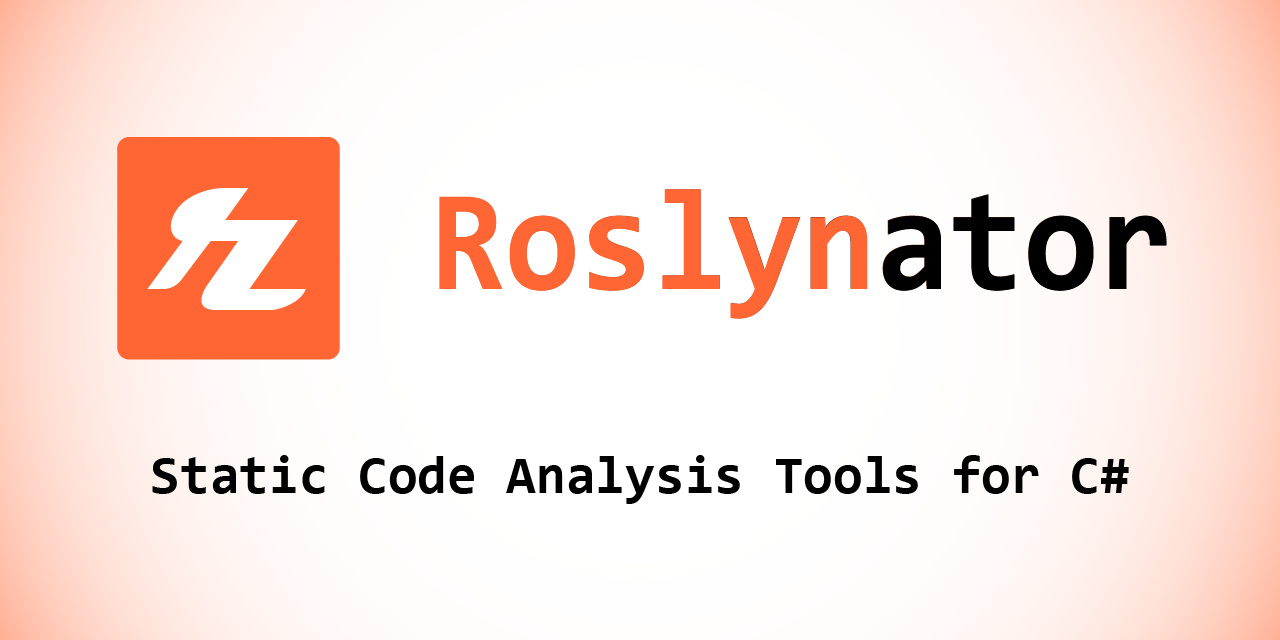

However, we’re still implementing IPv6, so how long until we could actually use this?
We can already use custom verbs as we please: we only need to have clients and servers agree on a contract.
What we don’t have is the benefit of high-level “batteries included” web frameworks doing the work for us.














Custom methods won’t have the benefit of being dealt with as if they shared specific semantics, such as being treated as safe methods or idempotent, but ultimately that’s just an expected trait that anyone can work with.
In the end, specifying a new standard HTTP method like QUERY extends some very specific assurances regarding semantics, such as whether frameworks should enforce CRSF tokens based on whether a QUERY has the semantics of a safe method or not.